
Need assistance?
Need Assistance? Call Us 0330 058 0630
Did You Know? We Sell Fire Alarm Systems as Complete Kits. Shop Now
18/11/2024 • by Alice P
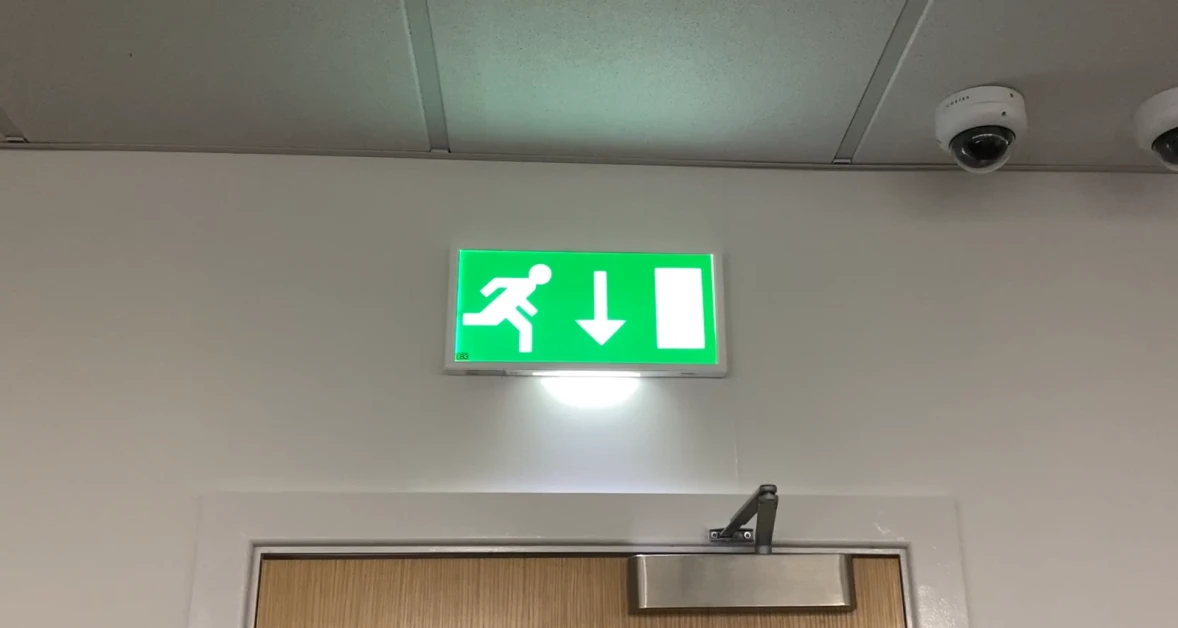
Emergency lighting is critical in times of need. While exit routes may be easy to navigate during daylight or when power is active, they can become challenging to find during a power outage or in darkness.
In the UK, installing emergency lighting is a legal requirement for businesses. A well-maintained emergency lighting system can drastically reduce evacuation times. However, nearly half of businesses in the UK fail to maintain their emergency lighting and emergency routes.
An emergency lighting system is a backup lighting source designed to automatically operate if a building’s power fails during an emergency, such as a power cut or a fire.
Emergency lighting helps people evacuate safely from danger. Emergency lighting also ensures that important machinery can still be operated. Hospitals and schools particularly rely on emergency lighting to keep those who are vulnerable safe during emergencies.
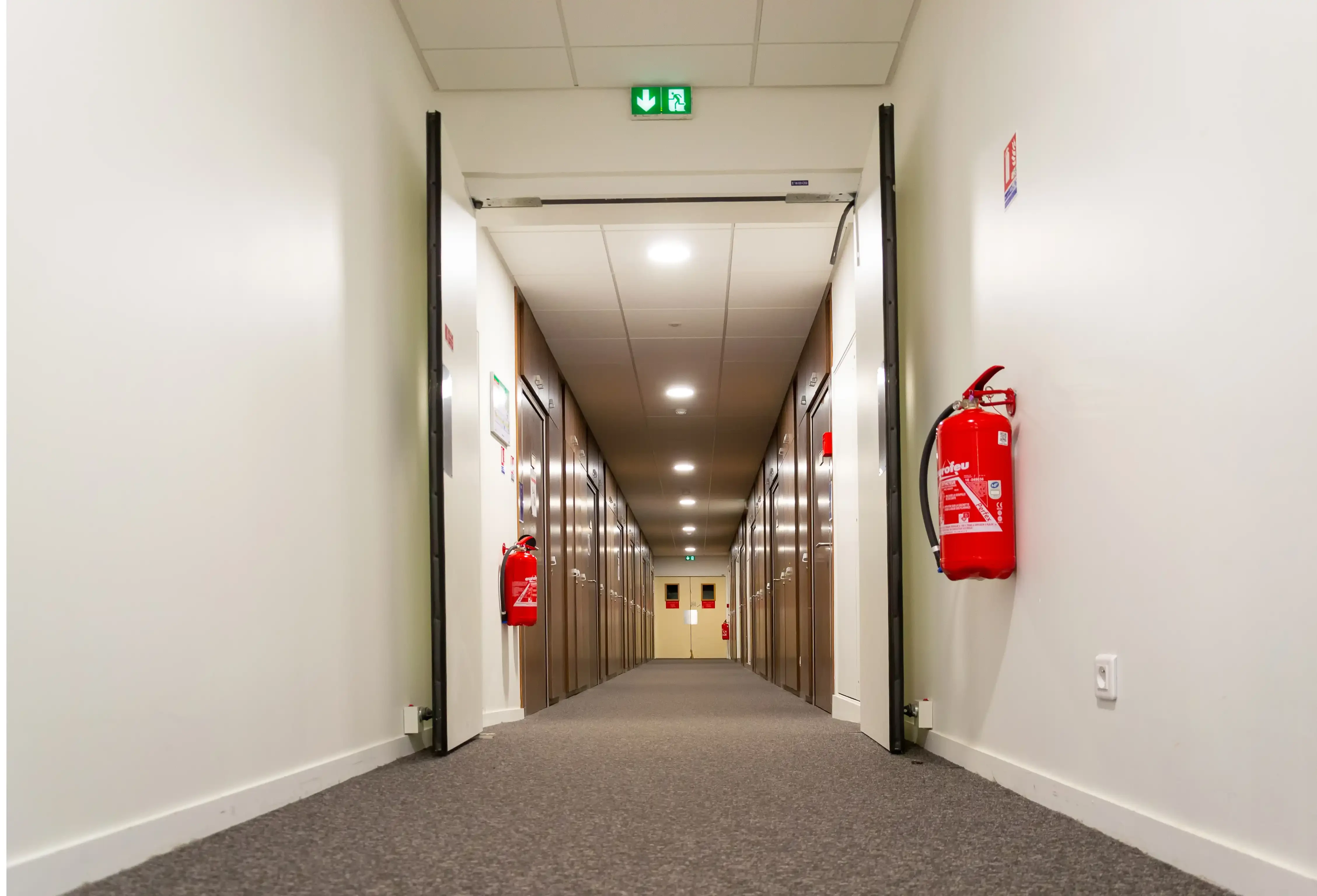
In the UK, two primary regulations govern emergency lighting: the Building Regulations 2010 Fire Safety Approved Document B and The Regulatory Reform (Fire Safety) Order 2005 (RRO). Alongside these regulations, there is a widely followed best-practice standard, set by the British Standards, BS 5266-1.
Building Regulations 2010 Fire Safety Approved Document B
The Building Regulations 2010 require that emergency lighting be installed in almost all buildings except private residences. This document also states that escape lighting must comply with BS 5266-1 and that exit signs must meet BS 5499-4 standards. More guidance is available for fire safety in England.
The RRO applies to England and Wales, with similar regulations in Scotland and Northern Ireland. It requires the ‘Responsible Person’ to ensure that:
Emergency exits and routes are indicated by signs, and
Emergency exits and routes requiring illumination are provided with emergency lighting of adequate intensity in the case of failure of their normal lighting, and
Emergency lighting is subject to a suitable system of maintenance.
The RRO applies to all premises except for:
Domestic premises
Offshore installations
Fields, woods, or other land (provided they are away from an undertaking’s main premises)
Aircraft, locomotives or rolling stock, trailers or semi-trailers used as a means of transport or a vehicle for which a licence is in force
Mines
Boreholes
The RRO applies regardless of the ownership of a building, so the public sector, private sector, individuals, charities and trusts all fall within its scope.
According to the Health and Safety Executive's workplace emergency lighting guidelines, emergency lighting must be installed in:
Every emergency exit door
Any changes in floor level
Staircases or corners where hazardous areas need extra lighting during evacuations
Near each first aid post
Near each piece of fire-fighting equipment and call point
Near escape equipment provided for disabled people
In toilets used by disabled people and multiple closet facilities
In all motor generator rooms, plant rooms, control rooms and switch rooms
On pedestrian escape routes from covered and multi-storey car parks
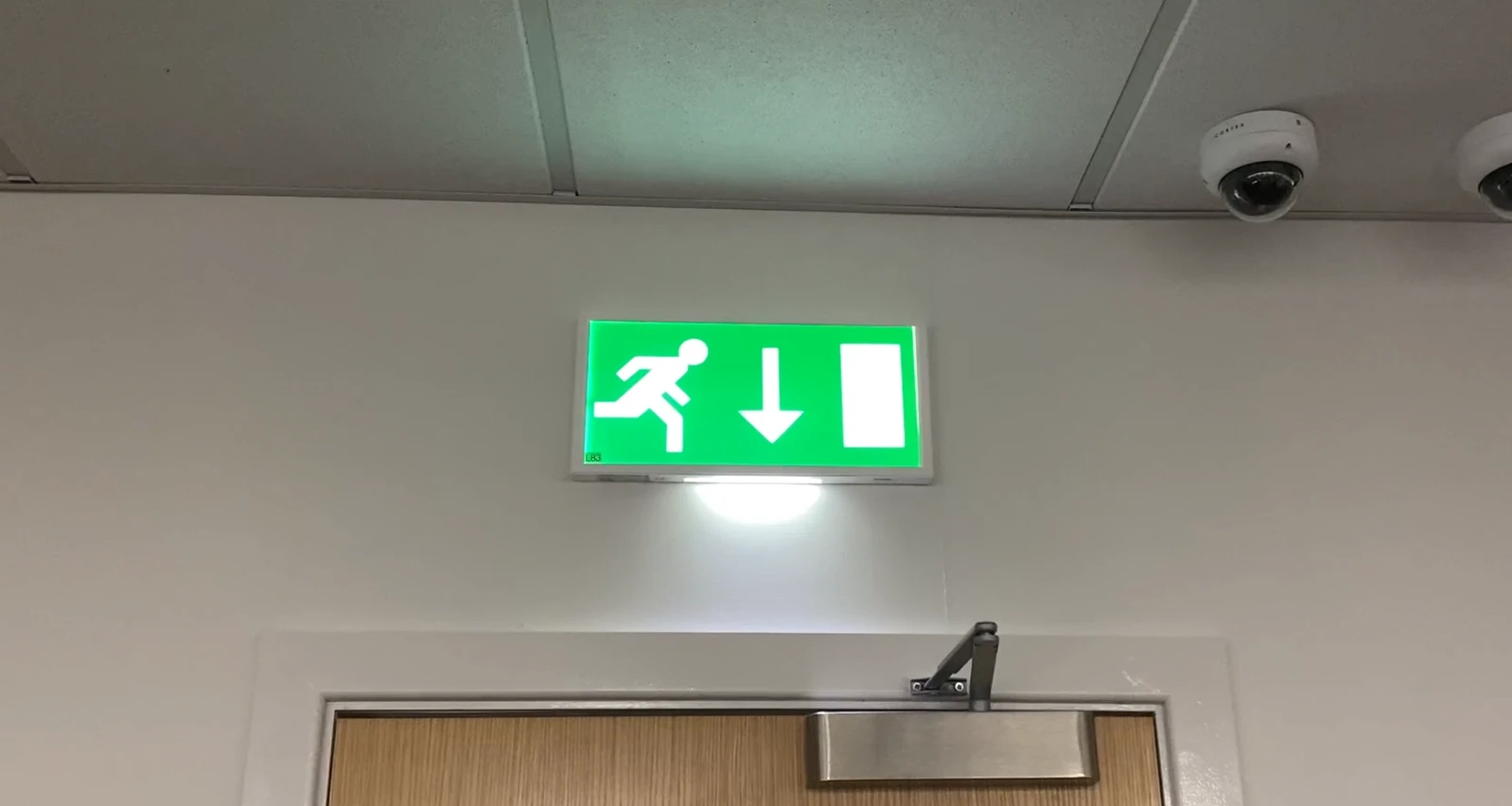
Maintained emergency lighting is mains powered emergency lighting that remains on at all times. It is used in spaces with low ambient lighting, such as the cinema or leisure centres.
Emergency lighting is typically understood as a backup source of light. However, some areas require dimmed lighting (cinemas) as well as visible signs to help guide people to escape routes in the case of an emergency. Maintained emergency lights stay constantly illuminated. In the case of a power outage, the backup battery will activate to keep the lights working for an extended period.
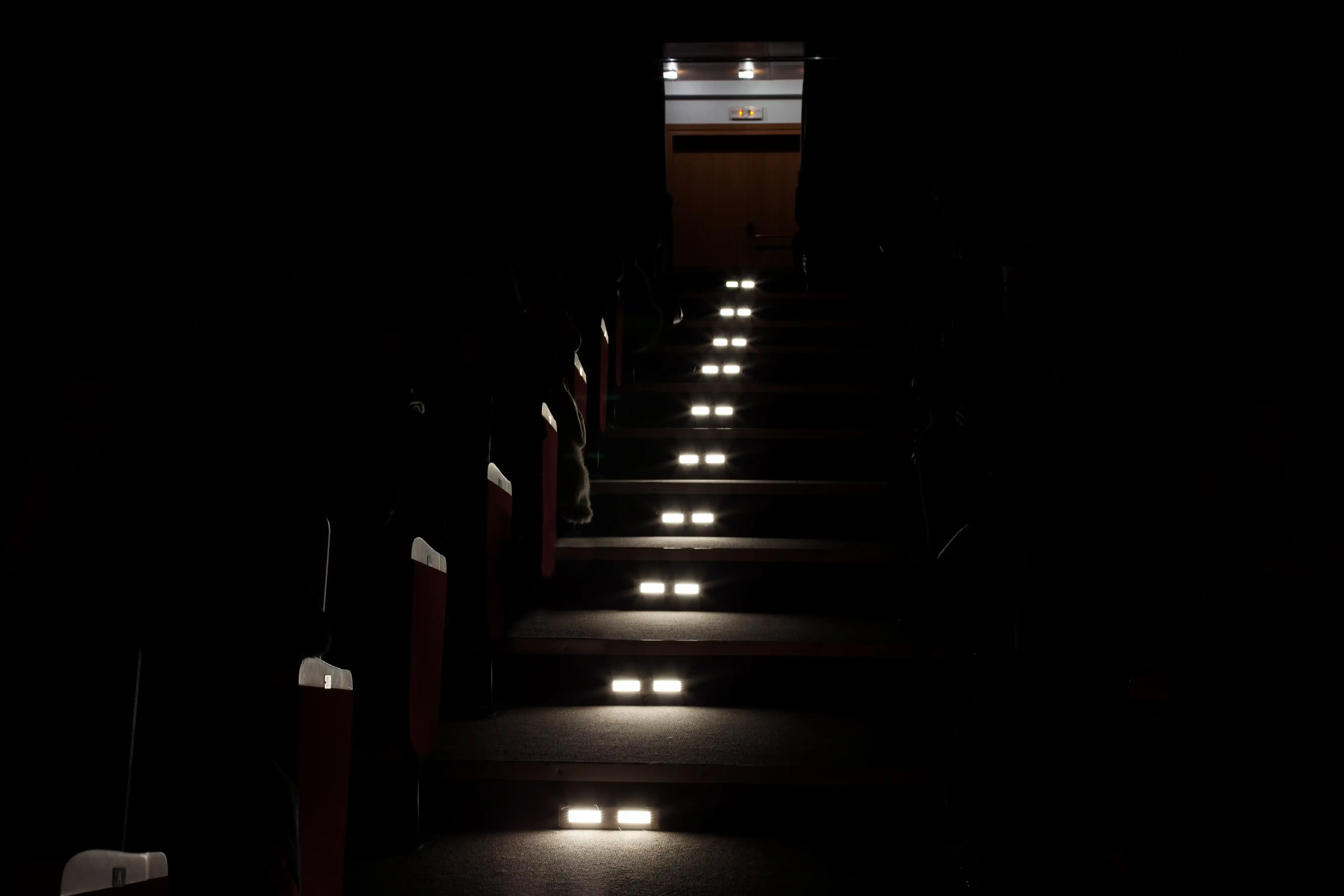
Non-maintained lighting only activates if the building’s main power supply fails.
Non-maintained emergency lighting is ideal for areas that are typically well-lit, such as schools, hospitals, and offices. This style of lighting is suited to occupants who regularly use a space. The building must always be a well-lit space. This means the occupants will not need extra lit guidance to the buildings exits unless there is an emergency which has caused the regular lights to fail. This type of lighting is powered by a battery that is kept charged via the mains. If the non-maintained emergency lighting is activated, it will have a 3-hour battery. Emergency lighting can be both non-maintained and maintained.
A full test of the emergency lighting system should be conducted annually. Additionally, a ‘flick-test’ must be performed at least once a month.
Safety equipment can only work effectively if regularly tested and monitored. Regular testing allows the Responsible Person to know if the equipment is damaged and needs replacing/fixing.
Testing an emergency light is simple however it may be daunting doing this alone. There are always professionals available to help. Simply book a monthly test with a professional to get an accurate reading of the emergency lights effectiveness.
Emergency lighting generally falls into two categories: escape route lighting and standby lighting.
Effective escape route lighting provides a path towards an emergency exit.
Escape route lighting and signage should allow the occupants of a building to follow the shortest route to a point of safety. The key to an effective emergency escape route is to never give the user a choice of where to go. During emergencies it is important to limit any decision making regarding an escape route.
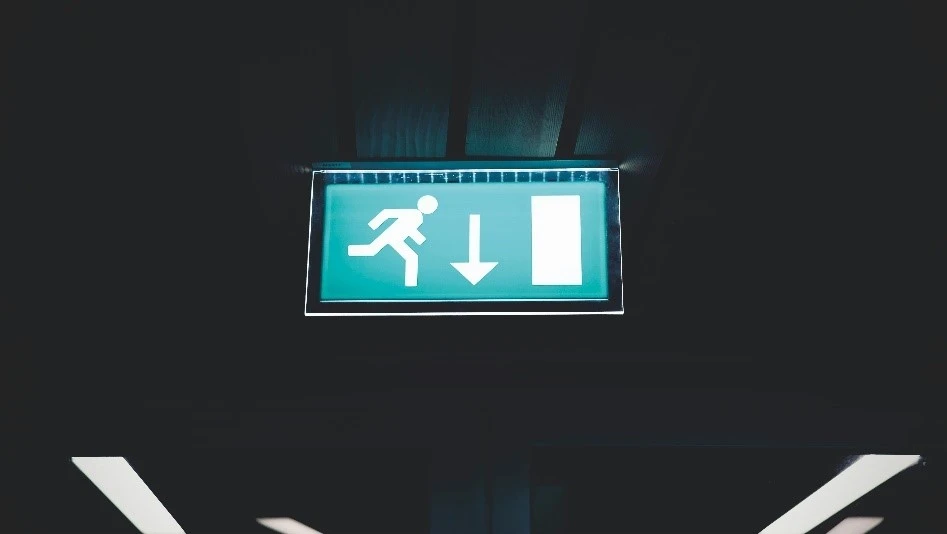
In large, open spaces frequented by the public, it is essential to provide lighting that illuminates the entire area. Such spaces often serve multiple purposes and hold large crowds, requiring emergency signage to clearly convey safety directions. There are numerous options for open area emergency lighting, though ensuring sufficient LUX levels is crucial for safety.
Recommended open area lighting types include:
Panel lights
Bulkheads
Strip lights
Not all areas can instantly be evacuated without putting people at further risk. This type of emergency lighting is to help people safely stop what they are doing and escape.
High-risk task areas include places which operate dangerous, heavy machinery or areas in a hospital which need light to perform life-saving work. Emergency lighting will allow extra, life-saving time for people to safely leave their work. Regularly testing the emergency lights is incredibly important, so they don’t fail during a moment of crisis.
Standby lighting makes it possible to continue processes during an emergency.
Areas such as hospitals and schools which must always be lit need to rely on emergency lighting to offer enough time to safely evacuate vulnerable people.
Under the two legal regulations for emergency lighting, there are three styles of emergency lighting allowed in the UK.
BS 5499-4 – These signs combine text and illustration to provide instant guidance on evacuation routes. Typically, they display text such as ‘Exit’ or ‘Fire Exit’, a pictogram (a person running through a door), and a directional arrow. The arrow may point left, right, down, or up, with up indicating ‘straight ahead’.
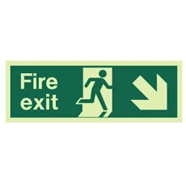
ISO7010 & BS 5266 - Known as ISO signs or ISO legends, these signs use only pictograms, showing a person running through a door along with a directional arrow. The arrow direction may vary, with up universally representing ‘straight ahead.’

EC safety signs directive (92/58/EEC) - Often called “Euro signs” or “Euro legends”, these include a person running toward a door and a directional arrow, though there is no standardised direction for ‘straight ahead’ arrows.
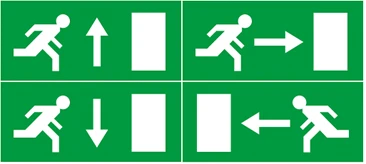
Further guidance on designing a comprehensive emergency lighting system:
· Emergency Lighting Pocket Guide
· How to Meet Regulations for Emergency Lighting
If you have any questions about our emergency lighting systems, call us on 0800 999 2661 or email us on: [email protected].